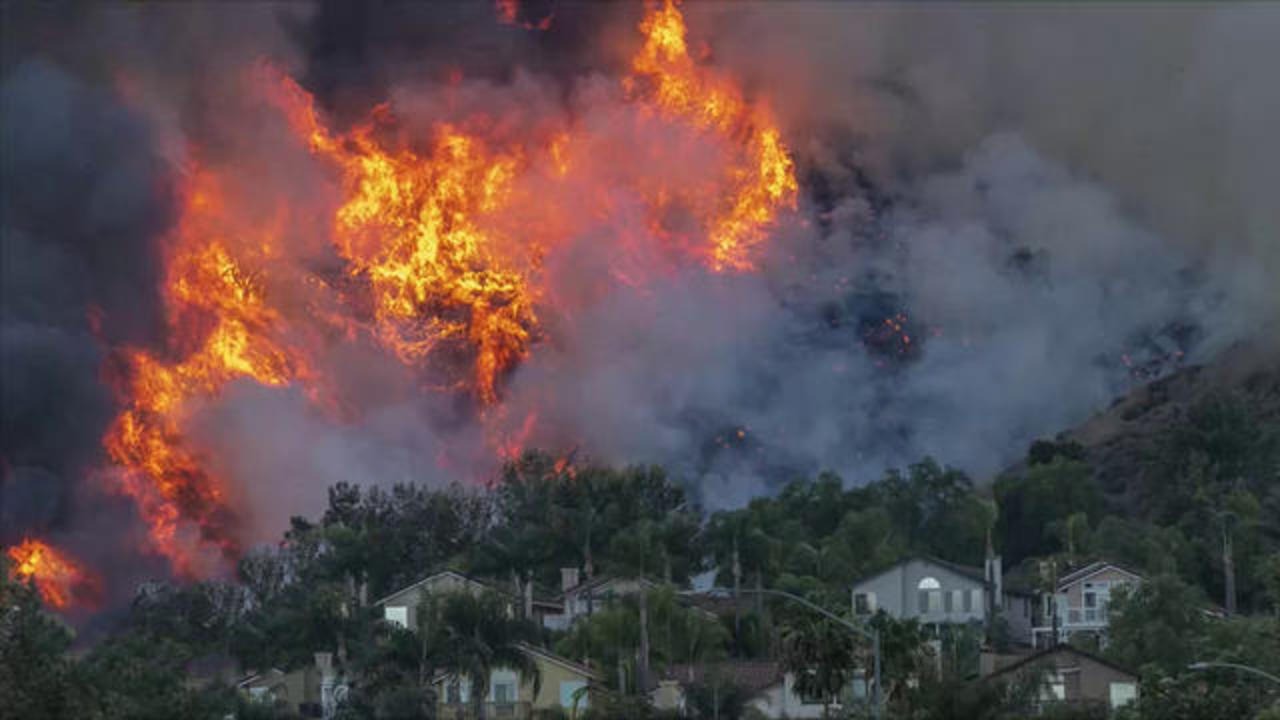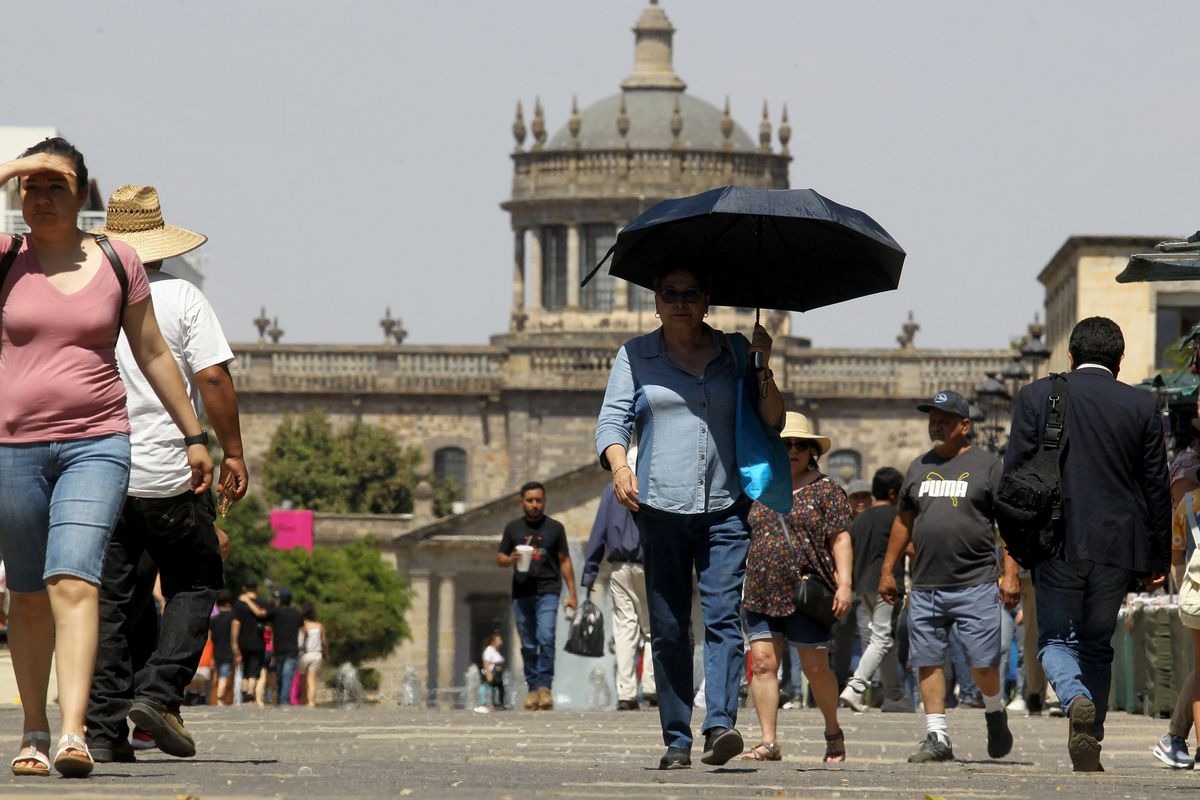Despite it still being spring, vast swaths of South and Southeast Asia have already been grappling with scorching temperatures, setting records and tragically claiming lives.
The early onset of summer has led to widespread disruptions, including premature school closures and devastating losses in agricultural yields, with forecasts indicating that the situation will only worsen as May and June progress.
In various parts of India, temperatures soared above 110 degrees Fahrenheit last month, reaching an astonishing 114.8 degrees in the eastern city of Bhagdora on April 21.

The India Meteorological Department (IMD) issued a “red alert” for several eastern and southern states, including Andhra Pradesh, Bihar, West Bengal, and Odisha, warning of escalating heatwave conditions.
Already, the heat has proven fatal, with at least two deaths attributed to heatstroke in Kerala and two others in Odisha. The timing couldn’t be worse, coinciding with India’s ongoing six-week general election, posing serious challenges for campaigners and voters alike.
Philippines Registers Unprecedented Highs, with Temperatures Reaching 111 Degrees
Neighboring Bangladesh has also felt the brunt of the heatwave, prompting the closure of all schools twice in recent weeks. Meanwhile, Myanmar has experienced record-breaking temperatures exceeding 115 degrees, exacerbating concerns about forest fires and heat-related health risks.
In Southeast Asia, the Philippines witnessed unprecedented temperatures of up to 111 degrees in early April, prompting the closure of thousands of schools due to drought conditions. Similarly, Thailand and Vietnam have faced scorching heat, with authorities warning of heatstroke and forest fire risks.
The underlying causes of this extreme heat are complicated, with scientists attributing it to a combination of factors, including the El Niño weather phenomenon, global warming, and seasonal variations. While some experts believe that El Niño’s influence has amplified this year’s heatwaves, others argue that the situation is exacerbated primarily by climate change.
Regardless of the specific triggers, the impact on vulnerable populations in Asia is profound. Farmers, already grappling with agricultural challenges, face further crop losses, exacerbating food insecurity.

Manual laborers, especially in the construction sector, bear the brunt of outdoor work restrictions imposed during heatwaves, further straining livelihoods.
While early warning systems and advisories help mitigate some risks, the urgency of addressing climate change cannot be overstated. Urgent action to reduce greenhouse gas emissions is crucial to curb the escalating frequency and severity of extreme weather events.
Until meaningful steps are taken, millions across Asia will continue to face the grim choice between risking their lives in unbearable heat or facing hunger and economic hardship.

